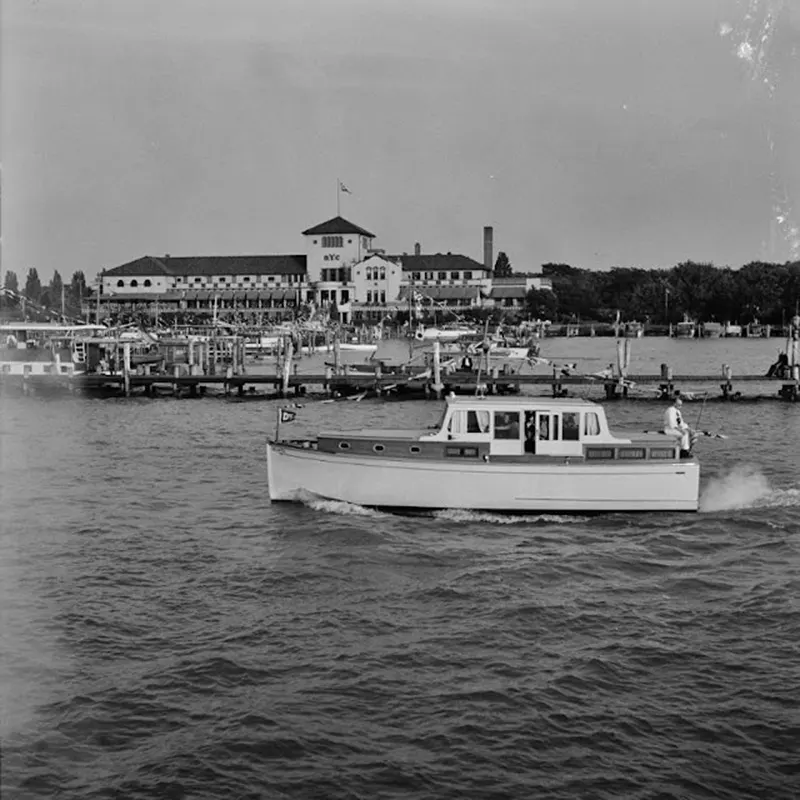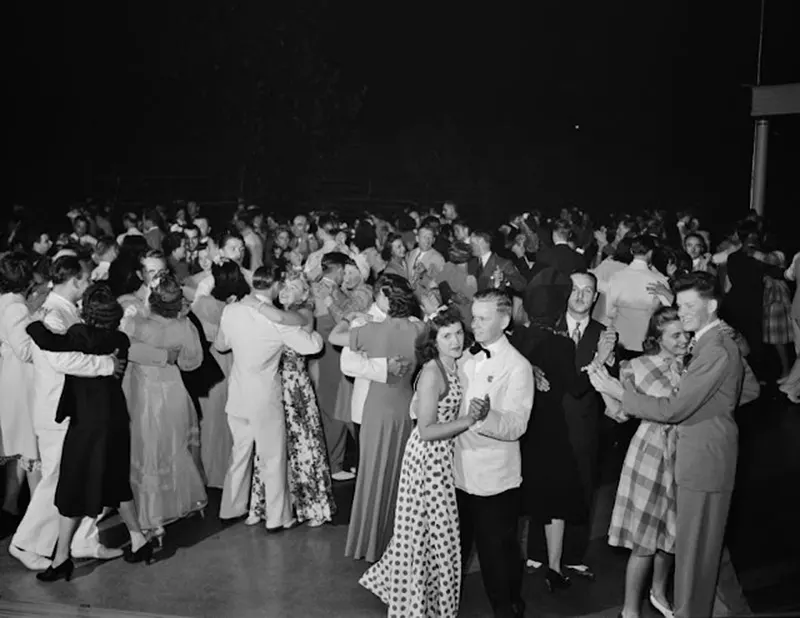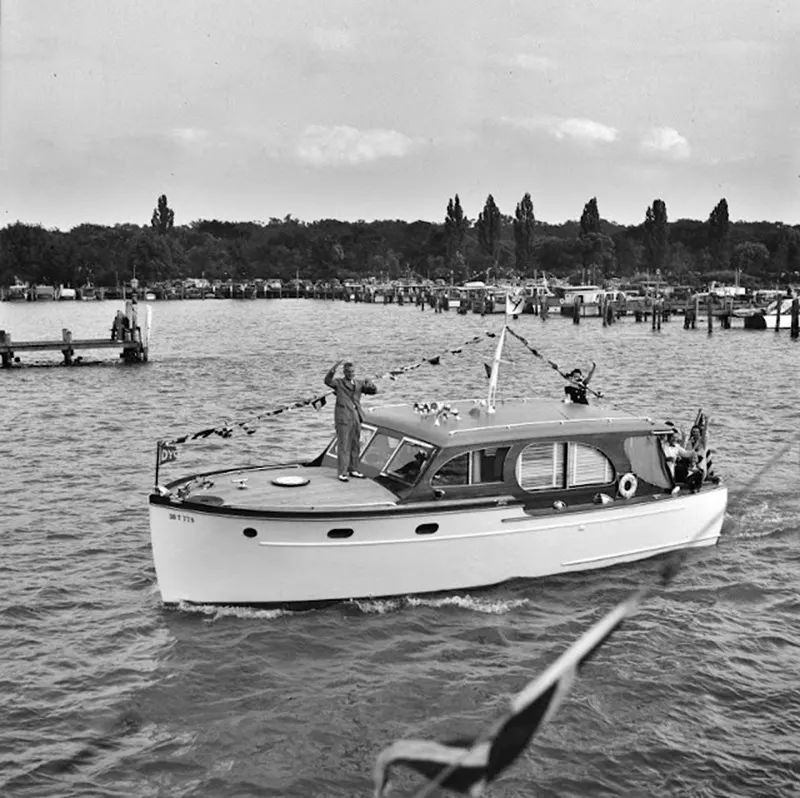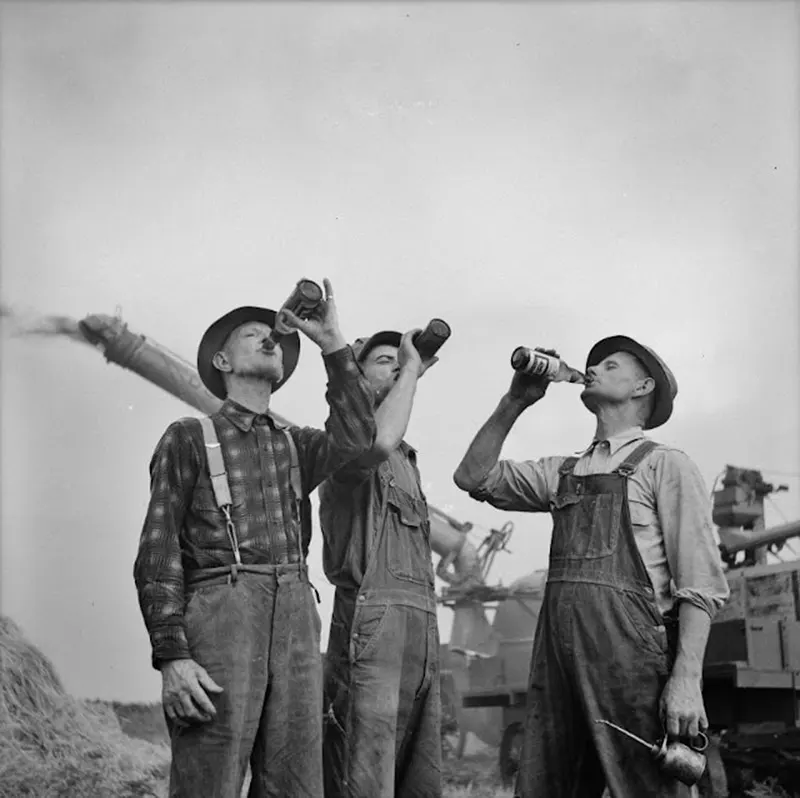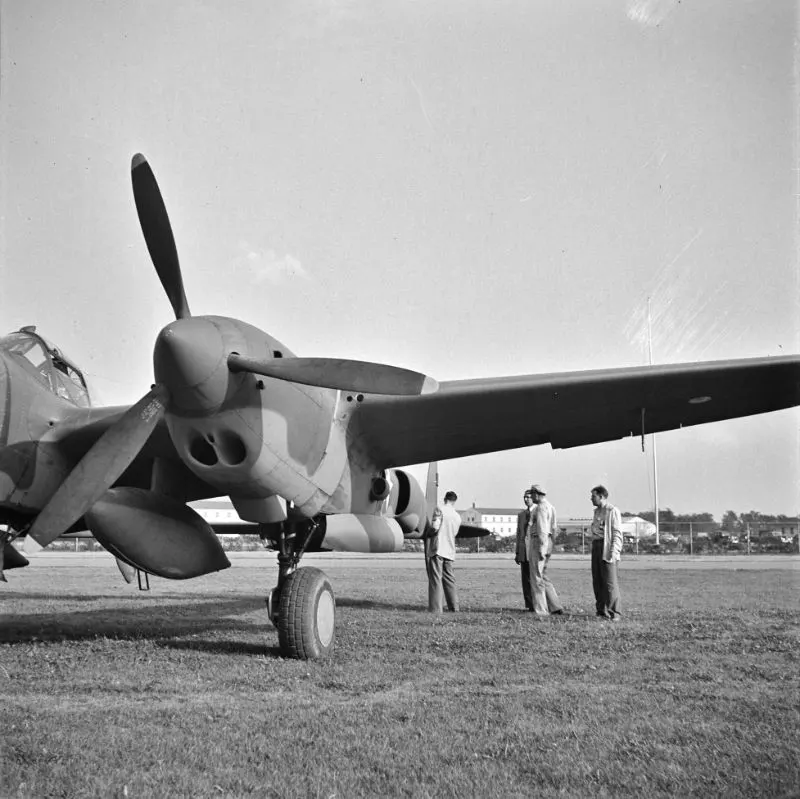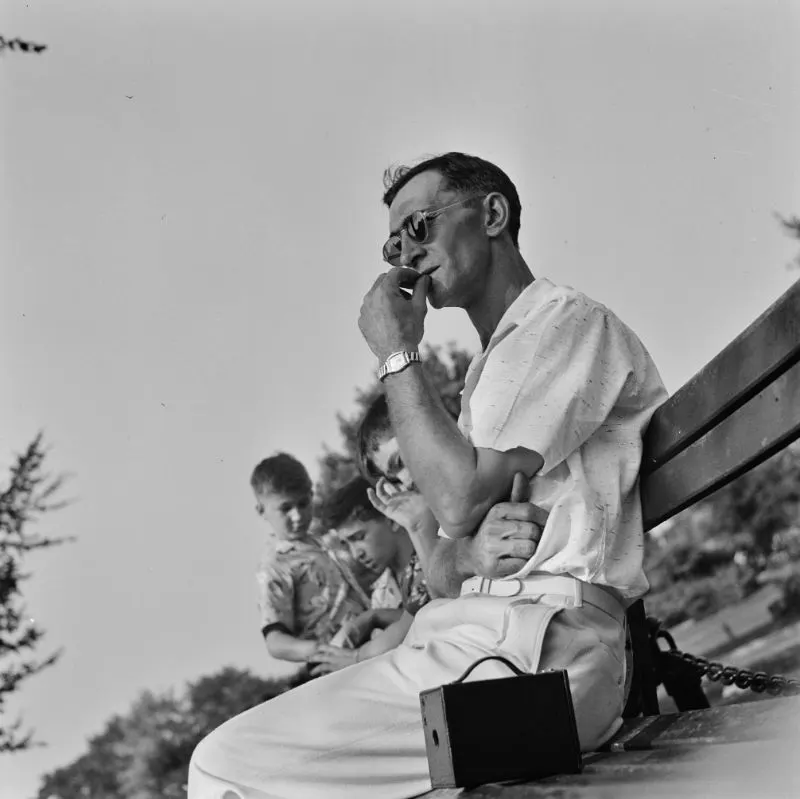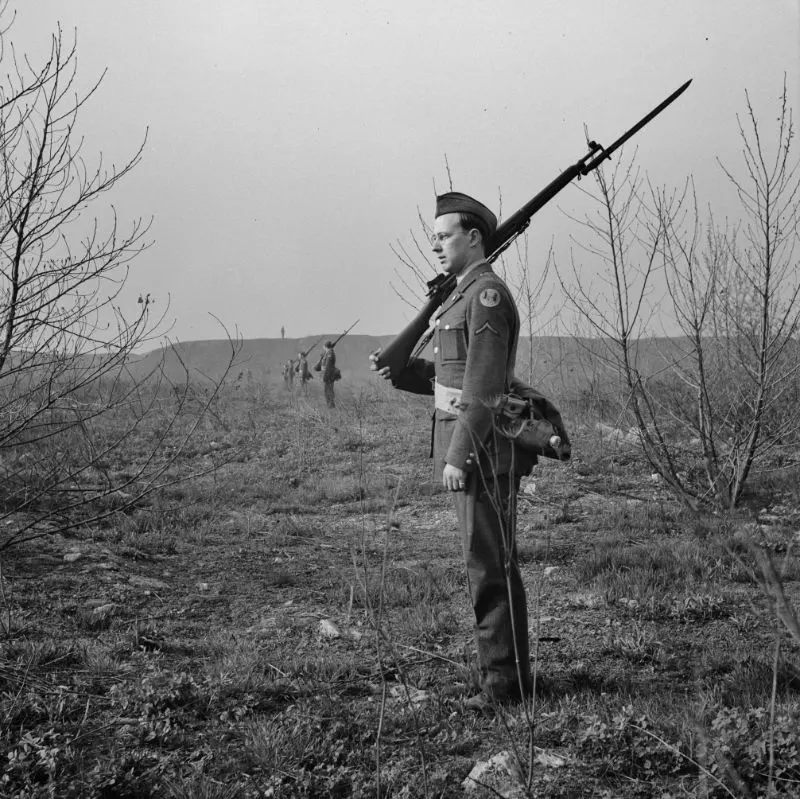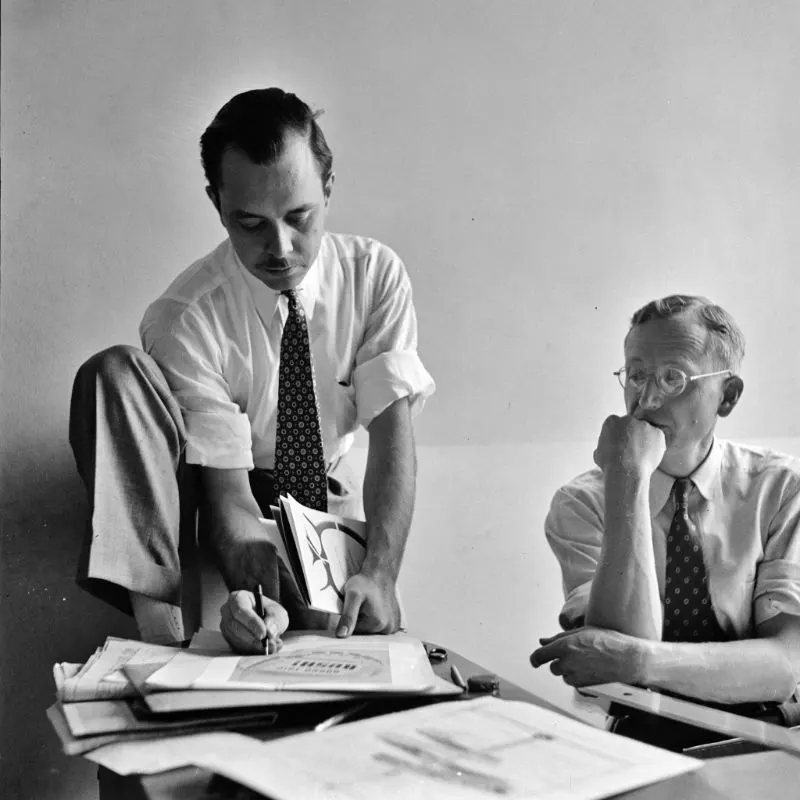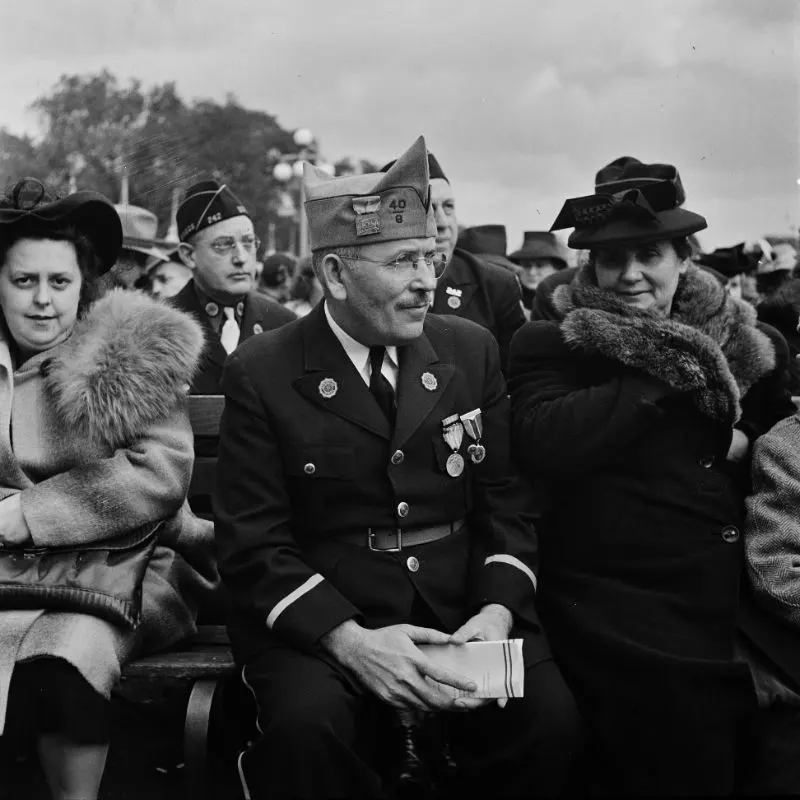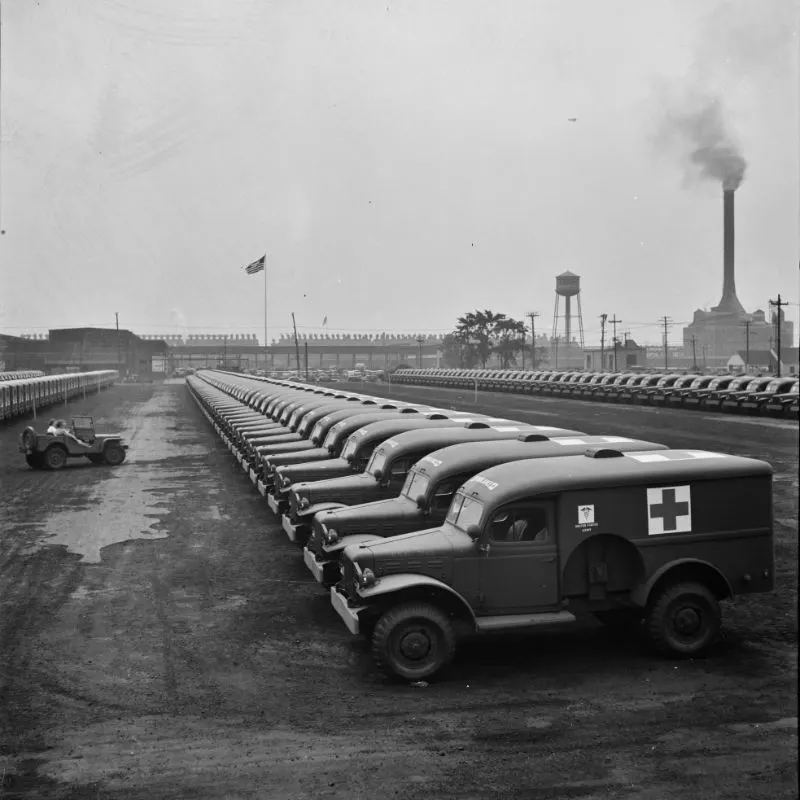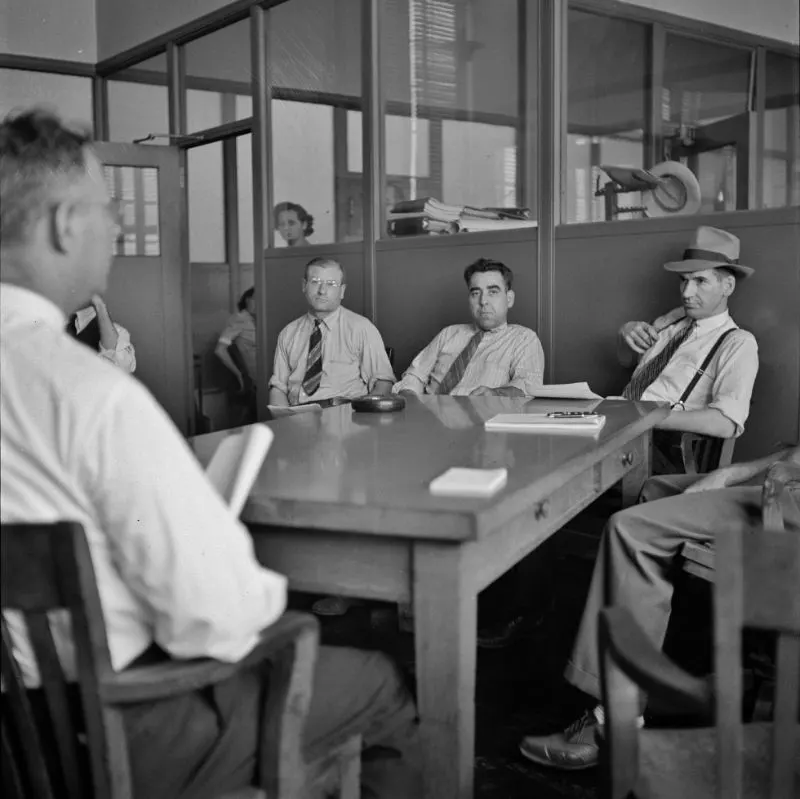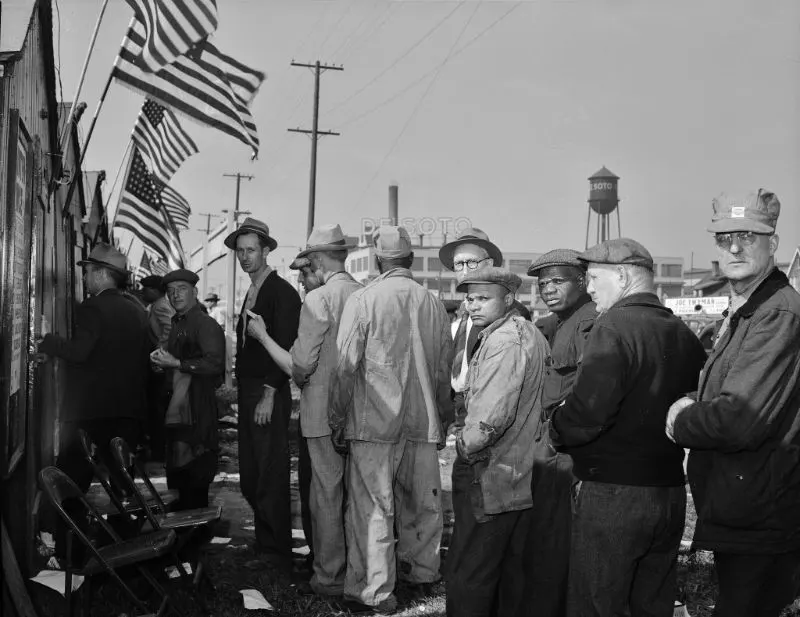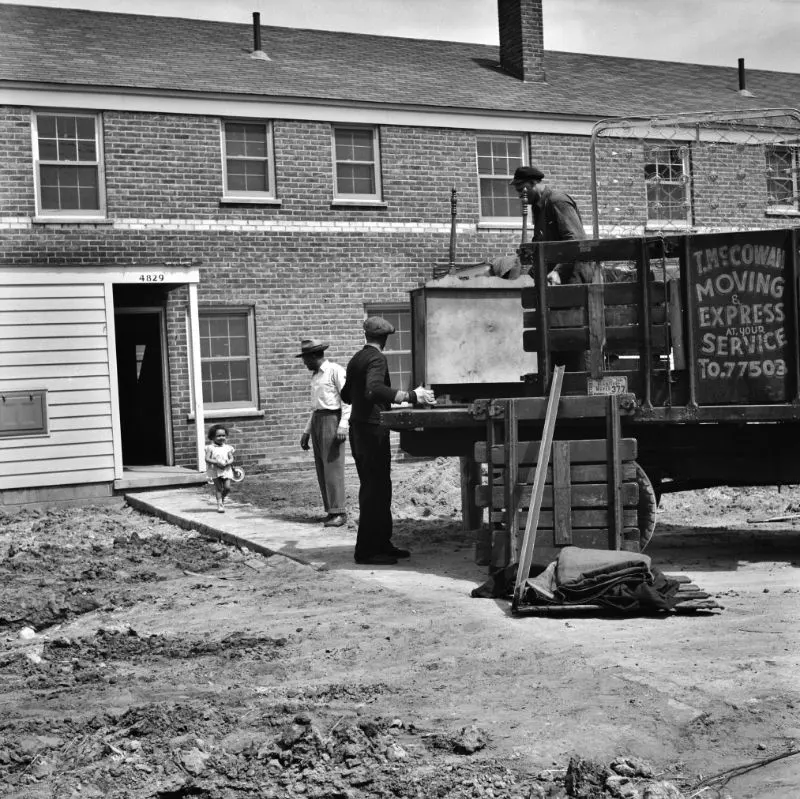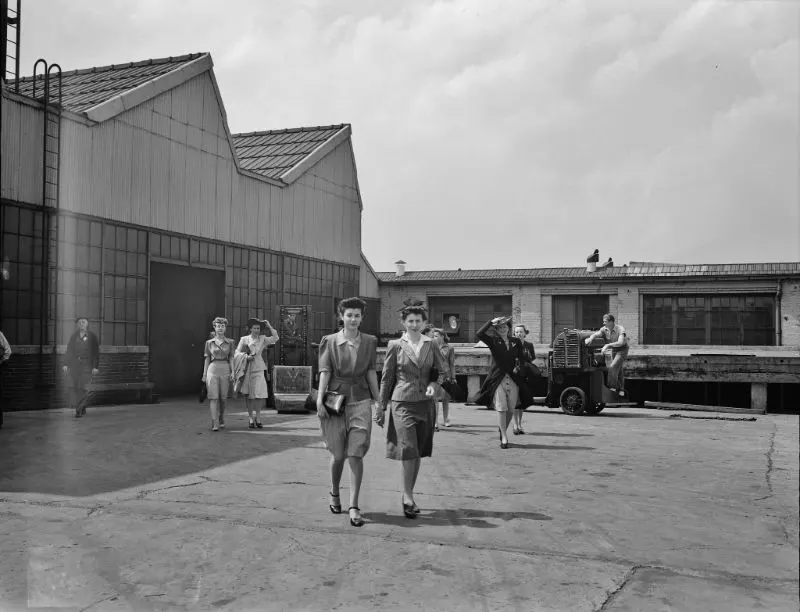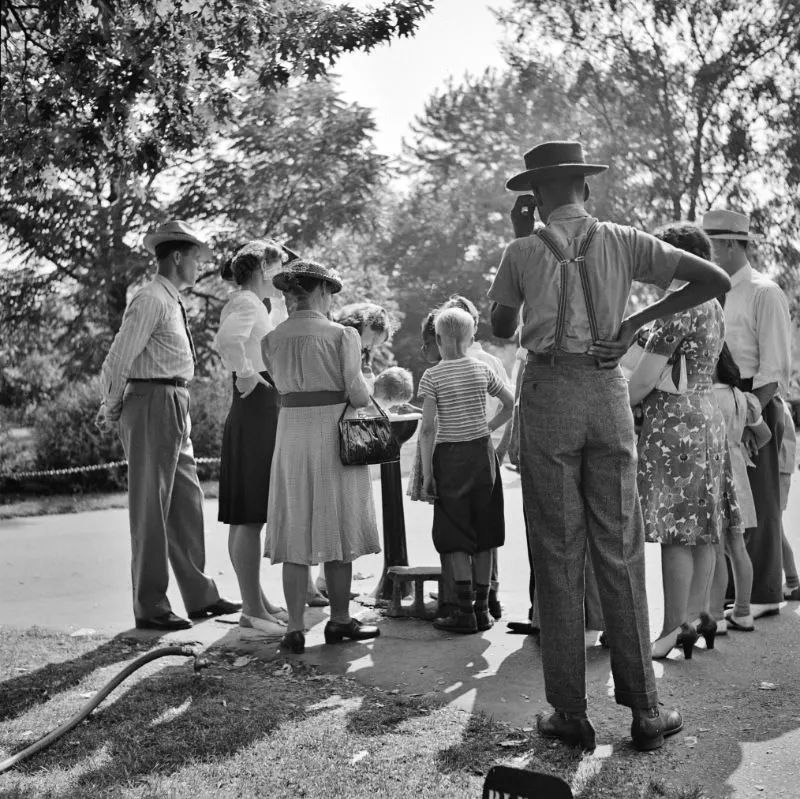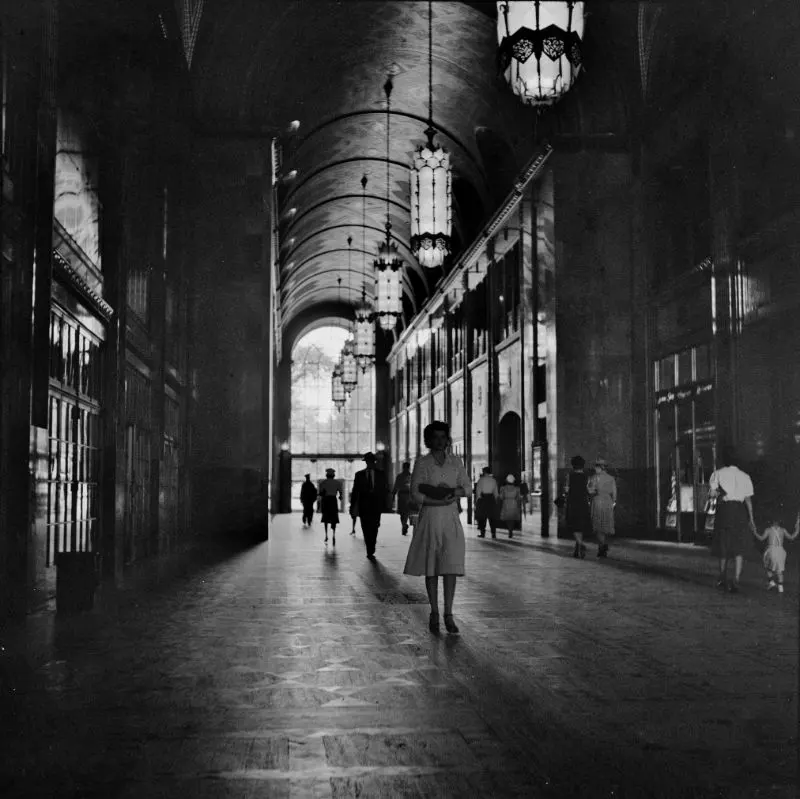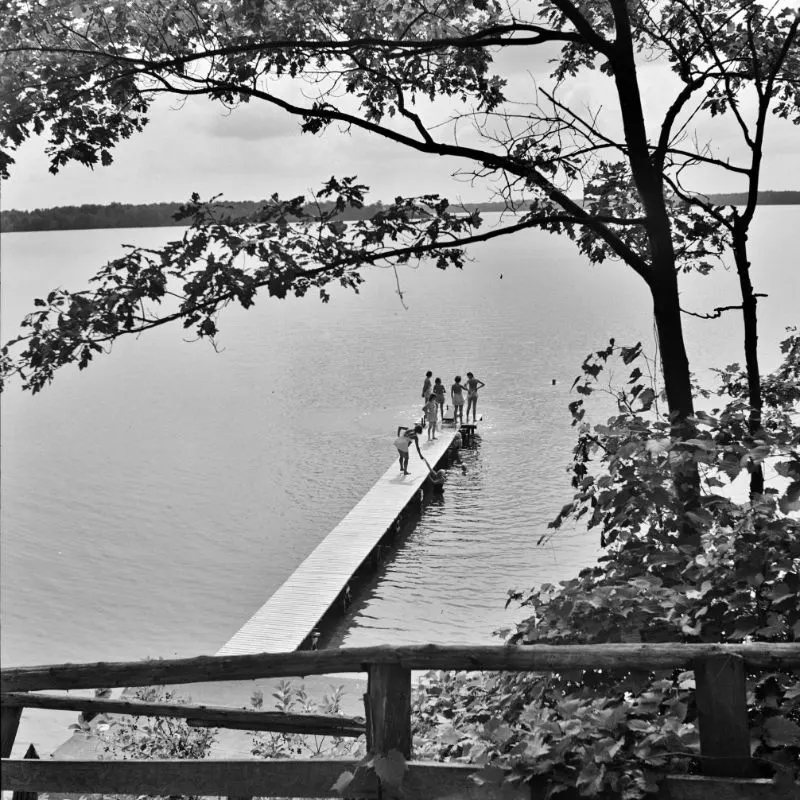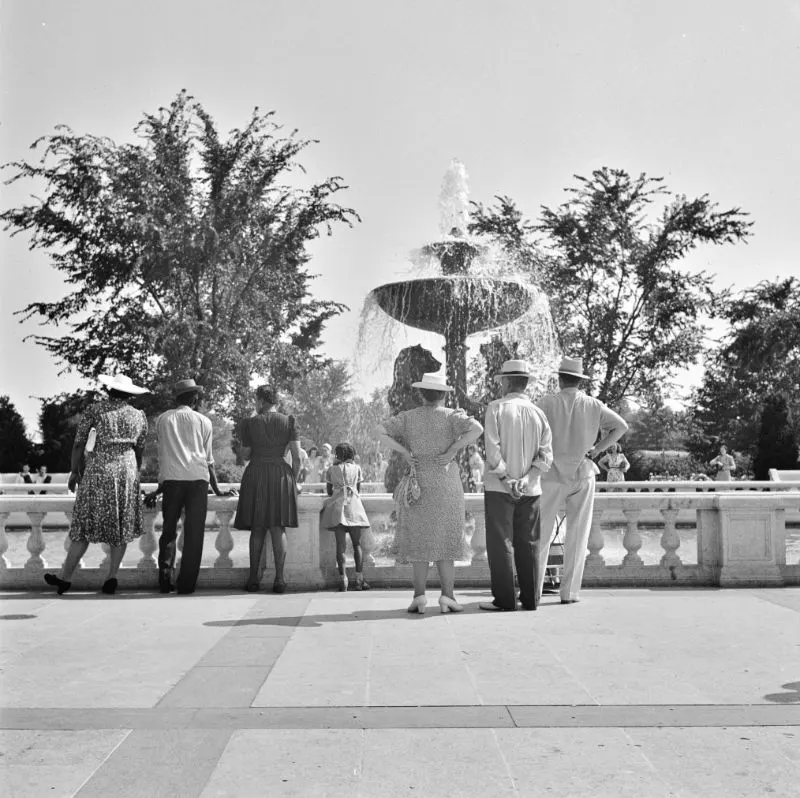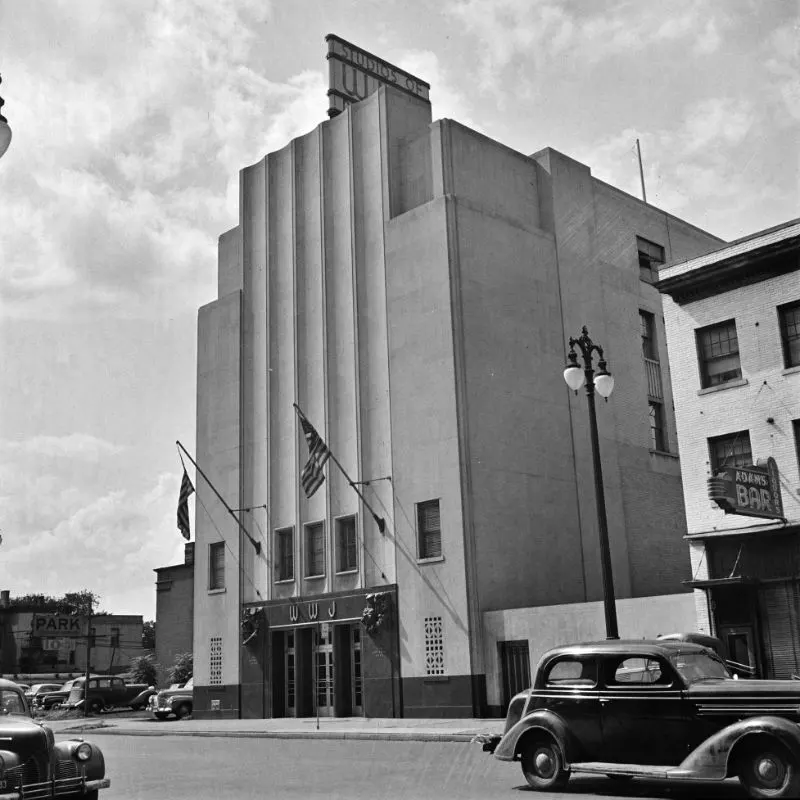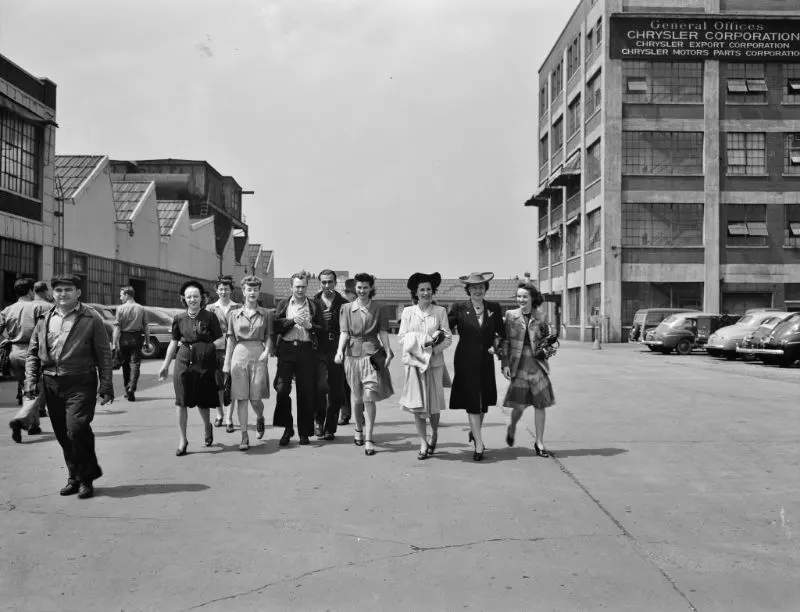He studied at University of Michigan, and graduated with a degree in sociology at Wayne State University in 1937 and then enrolled in the New Bauhaus at the Armour Institute. There he studied under the school’s founder, László Moholy-Nagy, as well as György Kepes, until 1938, when he returned to Detroit. He then began working as a photojournalist for the New York Times, and took journalism assignments for newspapers, magazines, and government agencies for the next several decades. During World War II he photographed for the U.S. Army Air Corps and the Office of War Information. After the war, he returned to the New Bauhaus (by then the IIT Institute of Design) as an instructor, at the request of Moholy-Nagy. He eventually became head of the school’s photography department. He left in 1955 to work in photojournalism full-time, and returned in 1965; in 1971, he was named president of the IIT Institute of Design. Siegel’s photography was included in several major exhibitions at art galleries, including two shows devoted exclusively to Siegel at the Art Institute of Chicago and as part of the “Image of America” exhibit at the Museum of Modern Art. He was noted for his use of experimental color techniques, and from the 1950s often explored abstract use of color as a vehicle for expression. He worked with light in novel ways by “introduc[ing] creative methods of back-lighting and projecting light onto surfaces”. He also wrote extensively on photography and influenced the development of photographic education programs. As the “Arsenal of Democracy,” Michigan played an unparalleled role in fighting tyranny abroad during World War II. Even before the nation had been drawn into the global conflict, steps had been taken to prepare the vast industrial resources of the state for conversion to war production. The state’s enormous industrial capacity, bolstered by mass production techniques, was ideally suited for the industrial and technological needs of modern warfare. The auto industry, which ceased civilian automotive production altogether in February 1942, quickly converted to the production of aircraft, tanks, guns, and other materials. By the end of the war, Michigan had contributed more than 4,000,000 engines, 25,000 tanks, and 8,500 B-24 Liberator bombers to the war effort. In terms of human resources for the armed forces, more than 600,000 Michigan men and women answered their nation’s call to arms. As a result, thousands of people from other states, particularly the South, and from rural Michigan flocked to the cities to meet the demand for both skilled and nonskilled labor.
(Photo credit: Arthur S. Siegel / Library of Congress / Wikimedia Commons). Notify me of new posts by email.
Δ Subscribe

